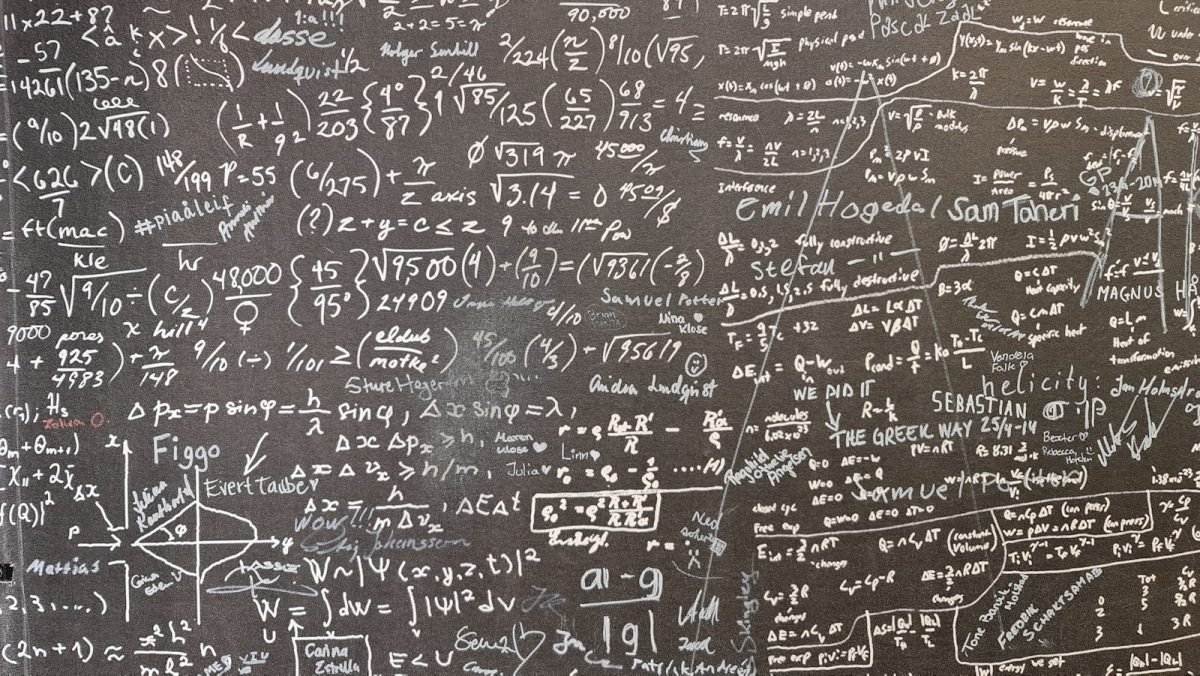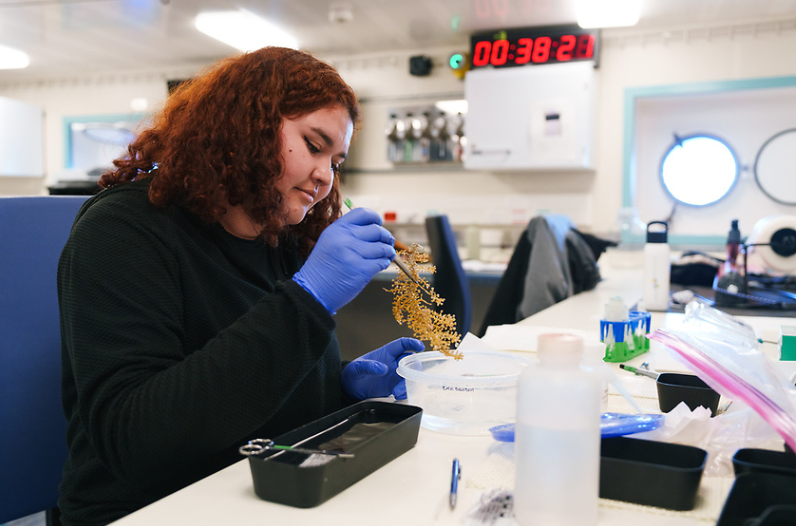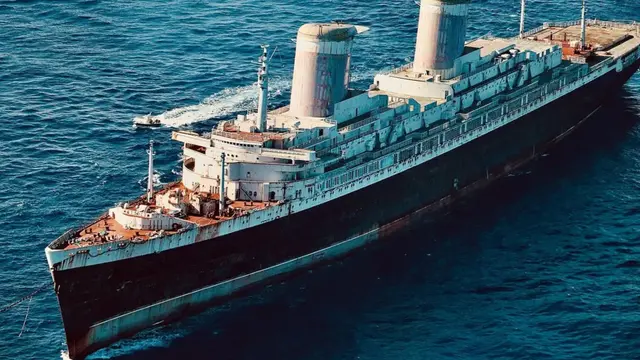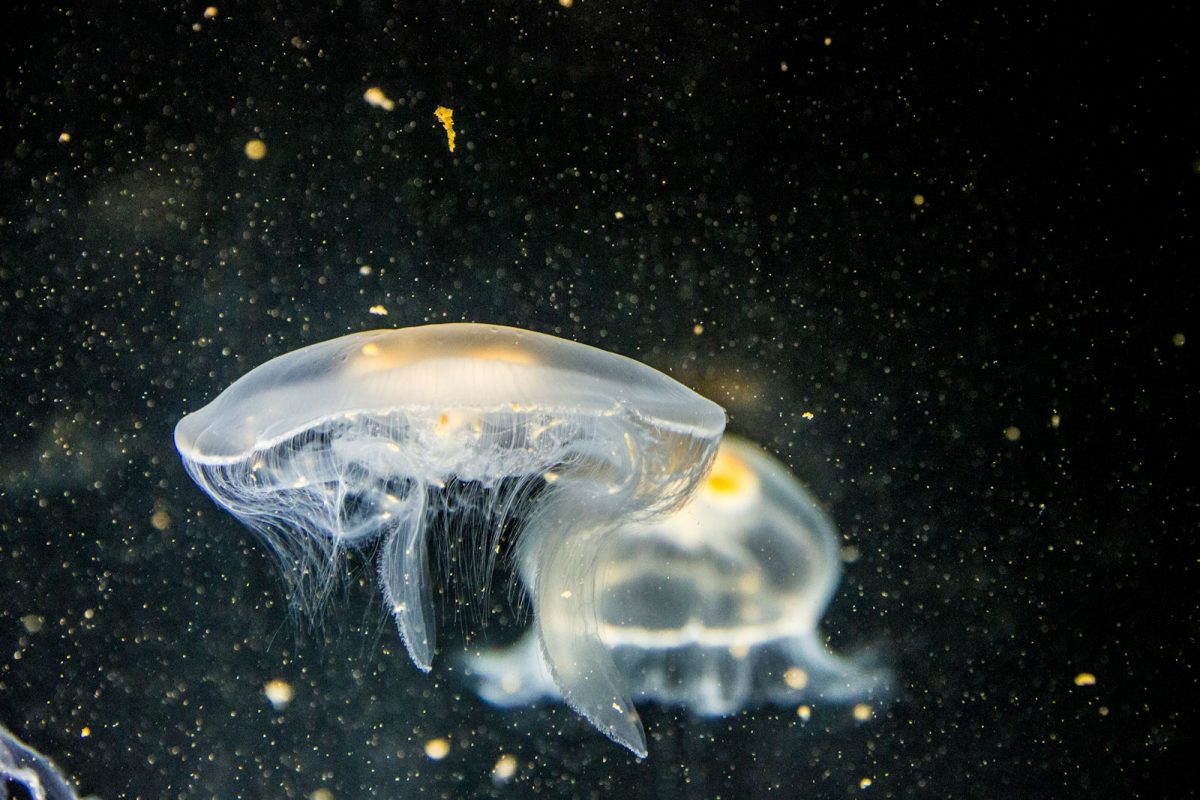SCUBA diving is becoming a worldwide phenomenon with 25 million diving certifications given by PADI, the biggest dive certifier, alone. This recreational or professional activity has become possible because of the Self Contained Underwater Breathing Apparatus; Scuba for short. This device allows people to do a large variety of activities from swimming around coral reefs, looking for fish or helping repair damaged oil rigs in the ocean. To do these activities there are different levels of SCUBA diving from a recreational diver to a technical diver. Each level of diving uses its own unique equipment to make divers efficient and keep them safe.
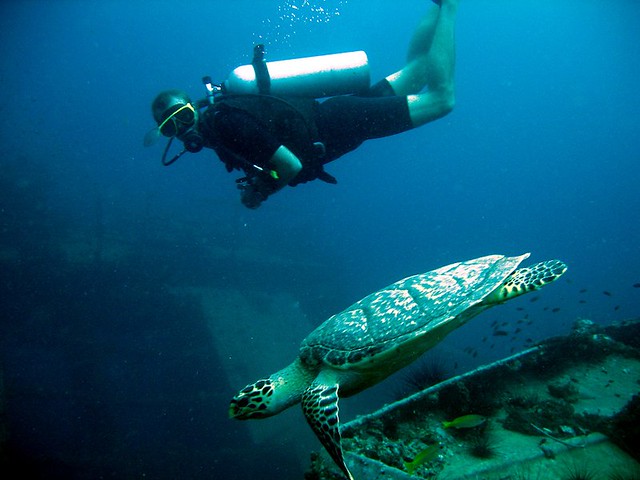
There are several important parts to a basic SCUBA kit. The first of which is the regulator. The regulator connects to the air tank and BCD. This is the most important part of a SCUBA kit (alongside the air tank) because it is what lets you breathe underwater. The part of a regulator is the first stage this connects everything to the air tank and reduces the pressure from the air tank. The two-second stages further reduce the pressure to let you breathe the air. One of the second stages is your primary air source which is what you normally breathe out of. The other is for your buddy to breathe out of if their air source fails. There is also a pressure gauge which gives the pressure of the air tank. Finally, there is a low-pressure inflator hose that connects and inflates the BCD.

The second part of a SCUBA kit is a BCD. A BCD is the Buoyancy Control Device and allows a scuba dive to increase and decrease buoyancy. This is important as it allows a diver to float, sink, or achieve neutral buoyancy. A BCD is connected by a low-pressure inflator hose which puts air into the BCD at the push of a button. The BCD also stores weights which offsets the bodies natural bunchy allowing a diver to sink easier. A BCD can also be filled with air using an oral inflator in a similar way to how you would blow up a pool toy. Finally, the air tank is strapped onto a BCD to hold it securely to a Diver’s back.
Other features of a dive kit include basic things like fins, masks, and tools. Fins are very important because it allows divers to move quickly and efficiently through the water. Without fins, it is almost impossible to move around underwater with the hefty dive kit. Masks, as you probably already know, let you see underwater. The type of mask a diver chooses can be influenced by what diving they are doing or it can be personal preference. Masks can also be fitted with vision correcting lenses for people with less than 20/20 vision. Finally, a diver carries around tools that suit what they are doing for a specific dive.

Other than recreational divers there are also technical divers. Technical divers usually use a special air mix to extend their dives while allowing for deeper dives. They can go past the recreational diving limit of 130 ft. Tech divers can also take up a profession as a SCUBA diver. Some of these professions include salvage divers and oil industry diving. Tech diving is a much broader field than recreational divers.

To fit the wide variety of activities done in tech diving, tech divers use different tools to accomplish their task. One tool used by tech divers is the re-breather. Although there are recreational re-breathers technical diving can include a lot of re-breathers. Re-breathers work by taking the CO2 you breathe out and converting into oxygen to refresh your air tank. Another tool a commercial tech diver could use is the underwater welding torch which uses a spark of electricity to weld a piece of metal.

Overall, divers use many tools to help with their jobs. Whether if it is something as small as a regulator to something as complicated as a re-breather diver both are very skilled. In the future, new technologies could allow divers to stay underwater longer. New advances have even made some re-breathers available to recreational divers. Hopefully, the new advances will make diving more available and more enjoyable for everyone involved.
This relates to engineering because divers use tools that have been engineered for the specific purpose of diving. Each part or tool has a purpose and has continued to get better as technology advances. In fact, SCUBA has come a long way from its invention in the 1940s with re-breathers becoming commercially available in the 1990s. These small advancements have led to a better diving experience with longer and safer dives.
Picture credits:
Featured Image: Ludovic
Skeptic14
National university polytechnic
Sources:
For More information about PADI certification statistics: About PADI
More info on a regulator: The Five parts of a regulator
More info on Tech diving: Tech Divers
The jobs for a diver: Diver jobs
Recreational limit explained: Why is 130 the depth limit?
More info on tech diving jobs: Tech Diving Jobs
More info on re-breathers: Advantages of re-breathers
To find out how re-breathers work: How does a re-breather work
For more on underwater welding: Underwater weldin
For more info on the history of re-breathers: History of re-breathers
Video Resources:


